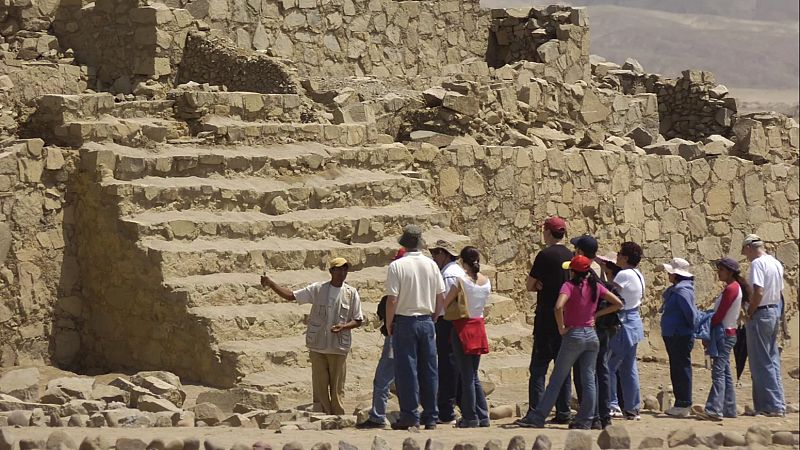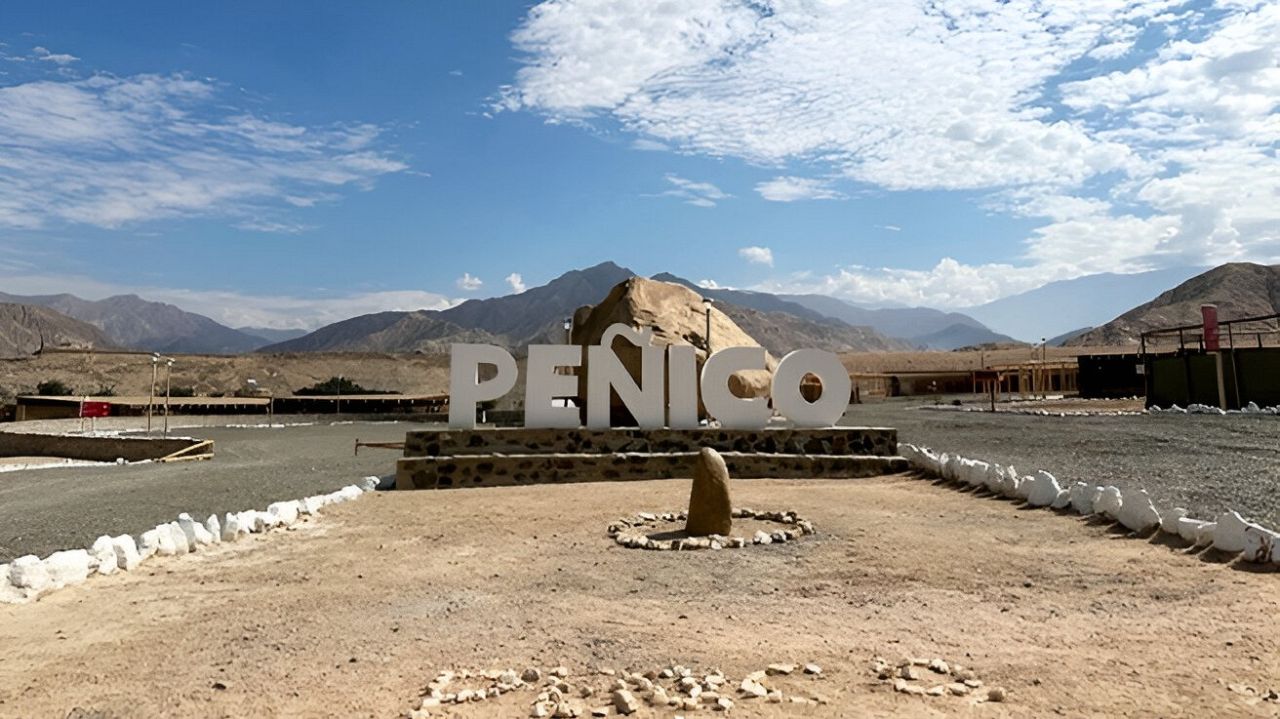
The site of Caral, one of Peru's most important archaeological areas, has a new jewel in its crown after eight years of excavations, intense research and conservation work.
It is called Peñico, and experts consider it to be a "city of social integration" because of its strategic location, which connected the populations of the Supe and Huaura valleys, but also because of the large number of homes, public buildings and ceremonial spaces it housed.
On Saturday 12 July, the Caral Archaeological Zone will organise the first Peñico Raymi, a replica of a traditional Andean festival, to inaugurate the new archaeological site.

Although the Caral culture developed mainly between 3000 and 1800 BC (which, given its antiquity, places it in a society with a development and chronology comparable to Ancient Egypt), it's understood the city of Peñico began to develop a little later, around 1800 and 1500 BC.
The Caral are considered the oldest of the pre-Hispanic civilisations in the Americans, which went into steep decline around 1800 BC.
It is possible that the prestige achieved by Peñico society in the valley, coupled with its role as a hub in the exchange network, was linked to the extraction and circulation of hematite. This mineral, used to make a red pigment, had great symbolic importance within Andean cosmology.

Among the 18 constructions discovered during the excavations and now on display to the public, a ceremonial hall stands out: "We don't know its exact limits," explained Mauro Ordóñez, head of the Penico archaeological site. "This building continues to extend from east to west. The most interesting thing is the composition of several antechambers: one of them stands out for having on its sides the representation, in friezes, of pututus".
Pututus are objects also known as churus (the Quechua word for a mollusc, shell or snail). They are wind instruments originally made from a seashell that was large enough to emit a powerful sound. Ordóñez considers this to be evidence of close relations with other pre-Columbian groups in northern Peru.
The sacred city of Caral-Supe, located less than 200 kilometres north of Lima, the Peruvian capital, is a UNESCO World Heritage Site. Peñico, in particular, was built 600 metres above sea level on a geological terrace parallel to the Supe River and surrounded by hills that reach a height of 1,000 metres.
Its Caralan builders chose this strategic location for multiple purposes: to enhance the monumentality of their buildings, to protect themselves from floods or landslides and, as evidenced by findings such as the representation of musical instruments, and to promote interaction and exchange with other civilisations.







